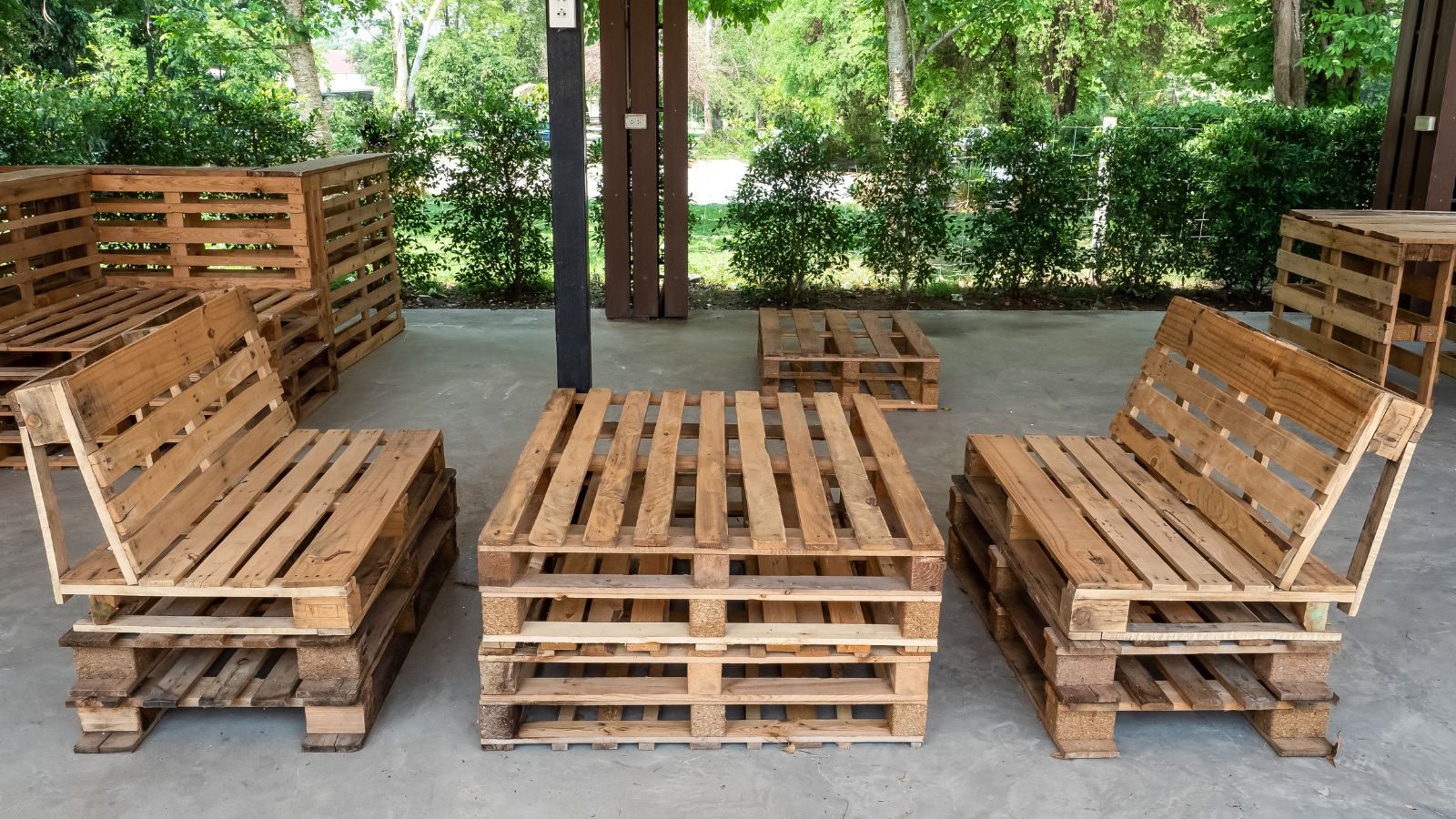Living in a bustling city can seem glamorous at first. The excitement of city lights, the convenience of everything being just around the corner, and the opportunities for work and social life make high-density urban areas incredibly attractive. But new and often alarming realities emerge as more people crowd into these cities. From rising costs to the toll on mental health, life in these urban centers isn’t always as shiny as it seems. Here are 19 unsettling truths about living in high-density cities.
Overcrowding: The Struggle for Space

In a densely populated city, personal space becomes a luxury. Apartments tend to be smaller, streets are more crowded, and even public spaces like parks and grocery stores can feel cramped. As the population increases, there is less space available for everyone, making daily life feel a bit suffocating.
Skyrocketing Housing Costs: The Dream of Homeownership Fades

As demand for housing increases, so do prices. Homeownership becomes a distant dream for many, and even renting a place can feel out of reach. Many live in cramped apartments or spend over half their income to keep a roof over their heads. It’s hard not to wonder where the middle class fits in this picture.
Noise Pollution: The Soundtrack of the City

Cities are loud. The constant hum of traffic, construction, sirens, and people creates a backdrop of never-ending noise. While some may get used to it, for many, the never-ending racket can lead to stress, difficulty sleeping, and even long-term health problems. Quiet seems like a luxury from another time.
Air Pollution: Breathing in the Smog

Air quality often deteriorates when there is a high concentration of people and cars in a single area. In densely populated cities, smog and pollution can linger in the air, leading to respiratory problems. This issue is more than just an inconvenience; it can harm your health, especially over time.
Limited Green Spaces: Nature Is Hard to Find

In many high-density cities, green spaces are scarce. Public parks are small and crowded, and there may not be much of a connection to nature. Without those serene moments in nature, it’s easy to feel disconnected and stressed out as concrete and steel become the dominating features of your environment.
Traffic Congestion: Stuck in the Middle of It All

Traffic jams are more than an inconvenience—they’re a way of life in many cities. Whether in a car, on a bus, or crammed into a subway, commuting can take hours out of your day. And with everyone vying for space, it’s not just time wasted; it’s energy and patience.
High Stress Levels: Running at Full Speed

Living in a city can be fast-paced, and this often affects mental health. The constant pressure to work harder, keep up with the hustle, and compete with others can overwhelm anyone. Many residents in these urban environments experience burnout, anxiety, and stress due to a lack of time to relax and unwind.
Limited Access to Healthcare: Long Waits and Overcrowded Clinics

As cities grow, so does the strain on public services. Hospitals and healthcare centers are often overwhelmed, with long waiting times and overcrowded clinics. It can be a challenge to get the care you need, and for those in lower-income areas, quality healthcare is not always accessible.
Social Isolation: Surrounded, Yet Alone

It might sound surprising, but many in high-density cities feel lonely despite living among millions of people. The pace of life can make it hard to form deep, meaningful relationships. People are often so caught up in their routines and responsibilities that they forget to nurture connections with others.
Rising Crime Rates: Feeling Unsafe at Times

High-density cities are more prone to crime, especially in areas with economic inequality. The conflict between wealth and poverty often leads to frustration and social unrest, which may increase crime. While some areas remain safe, others face regular safety concerns, making residents uneasy.
Inadequate Public Services: Too Many People, Not Enough Resources

The more people there are in a city, the harder it is for public services to keep up. Trash piles up, public transportation can’t handle the crowds, and emergency response times lengthen. The quality of life can deteriorate quickly when the system isn’t equipped to deal with such large numbers.
Gentrification: The Loss of Affordable Neighborhoods

Gentrification is a growing issue in densely populated cities. As wealthier individuals move into lower-income neighborhoods, property values soar. Longtime residents who can no longer afford rent are pushed out, and what was once an affordable neighborhood becomes a trendy area for the rich, leaving behind a trail of displacement and inequality.
Food Insecurity: Not Everyone Has Access to Healthy Food

Although cities are full of restaurants and grocery stores, not everyone can access fresh, affordable, healthy food. Low-income neighborhoods often lack fresh food markets, leaving residents to rely on processed food, leading to poor nutrition and health problems.
Heat Island Effect: The City Gets Hotter

Cities tend to trap heat, making them significantly warmer than surrounding rural areas. This is called the “urban heat island” effect, which can make cities unbearable during summer. For those without air conditioning, this extra heat can be more than just uncomfortable—it can be dangerous.
Lack of Privacy: Everyone’s Watching

Living in a crowded city means there’s little room for privacy. Walls are thin, and your neighbors are never too far away. Whether it’s noise from next door or prying eyes from across the street, personal space is at a premium, and you often have to sacrifice privacy.
Decreased Physical Activity: Sitting More, Moving Less

In many cities, it’s easy to fall into a sedentary lifestyle. With long commutes, little time for exercise, and few green spaces to walk or jog in, it can be hard to stay active. Over time, this leads to a rise in obesity and related health issues as physical activity becomes less of a priority.
Polluted Water Supply: When Clean Water Is Scarce

Clean water can often be a scarce resource in densely populated areas. Overuse, contamination, and pollution frequently impact water quality. In some cities, drinking water is not as safe or reliable as it should be, leaving residents facing potential health risks from tap water.
Increased Waste Production: Too Much Trash
 The more people in a city, the more trash there is. Overloaded waste management systems are struggling to handle the large volume of waste, resulting in overflowing bins, littered streets, and an escalating environmental crisis. Recycling efforts also often fall short, further exacerbating the issue.
The more people in a city, the more trash there is. Overloaded waste management systems are struggling to handle the large volume of waste, resulting in overflowing bins, littered streets, and an escalating environmental crisis. Recycling efforts also often fall short, further exacerbating the issue.
Decline in Mental Health: The Price of City Living

All of these challenges contribute to a general decline in mental health. The constant noise, pollution, stress, and lack of space significantly impact the well-being of residents. Anxiety, depression, and sleep issues are more common in high-density cities, where the pressures of urban living seem relentless.
Conclusion

Living in a high-density city can feel like a never-ending race. While these urban centers offer excitement, job opportunities, and cultural experiences, the realities of overcrowding, pollution, and social isolation are increasingly complex to ignore. For many, it’s about finding a balance—seeking moments of peace amidst the chaos, prioritizing mental and physical health, and pushing for smarter, more sustainable urban planning that puts people’s well-being at the forefront. The future of our cities depends on addressing these alarming realities and making urban life more livable for everyone.
25 Countries Predicted to Become Economic Superpowers in the Next 20 Years

The strength of an economy plays a crucial role in various international policies about trade and relations. Certain factors determine the strength of an economy, including population growth, availability of resources, and development and advancement. Here are 25 countries predicted to become economic superpowers in the next 20 years
25 Countries Predicted to Become Economic Superpowers in the Next 20 Years
